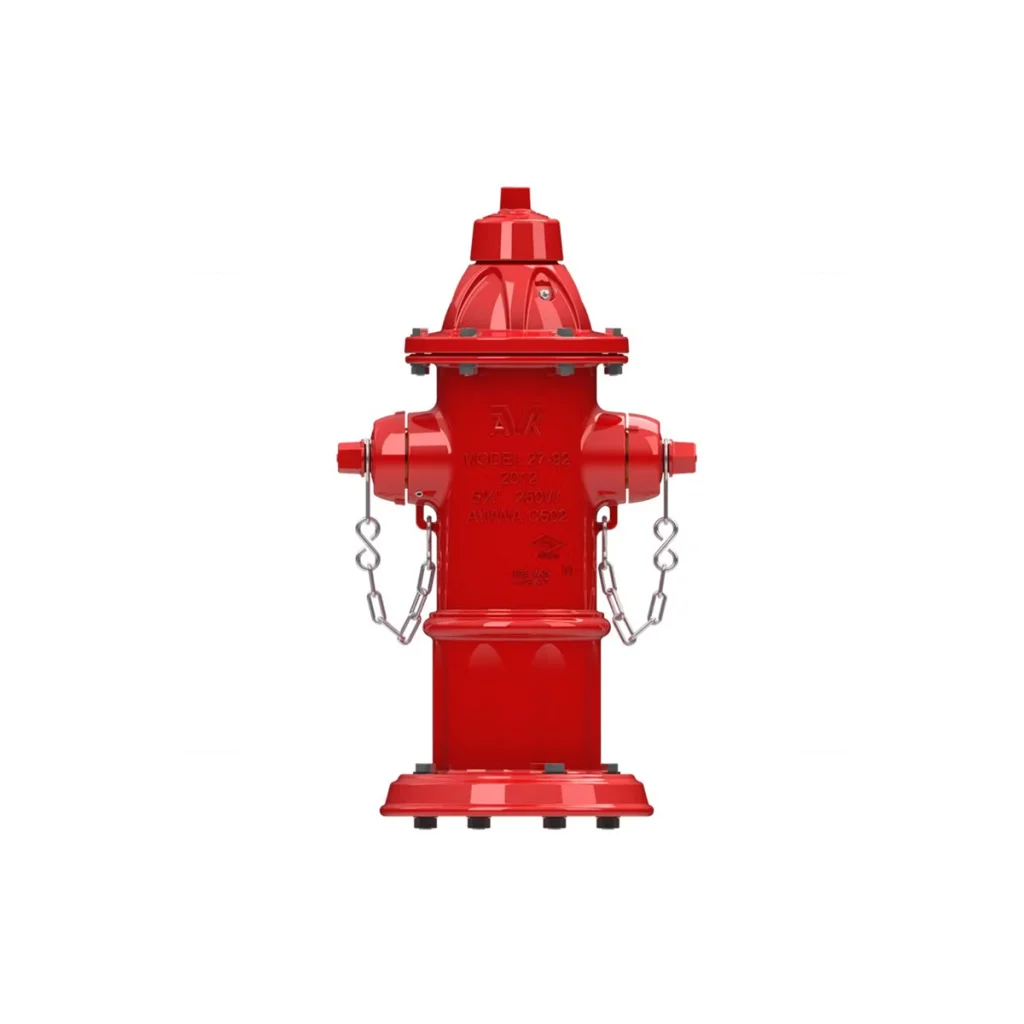
Fire hydrants are essential components of urban and industrial fire safety systems, including Hydrant Systems, providing a reliable and accessible water supply for firefighting operations. Installed along streets, in public spaces, and near commercial or industrial facilities, fire hydrants connect directly to the municipal water supply, allowing firefighters to quickly access high-pressure water to combat fires. Their strategic placement and functionality make them a critical element in ensuring public safety and protecting property from fire damage.
Fire hydrants are designed to ensure ease of use and durability, offering several important features that make them indispensable for fire safety:
Fire hydrants are used in various settings where fire safety and quick access to water are essential:
Fire hydrants are strategically placed along streets in urban and residential areas to provide quick access to water in case of fires in homes, buildings, or vehicles. They ensure that firefighters can connect hoses and start water flow rapidly to control fires.
In commercial and industrial settings, fire hydrants are crucial for protecting large buildings, warehouses, and factories. They supply the high-pressure water needed to contain fires that might occur in spaces with high fire risks, such as manufacturing plants or storage facilities.
Fire hydrants are installed in public spaces like parks, schools, and transportation hubs, including airports and train stations. Their presence ensures that firefighting teams can respond swiftly to emergencies in crowded or high-traffic areas.
In rural areas, fire hydrants play a vital role in ensuring that water is available for firefighting even in locations that may not have close access to municipal water supplies. Special hydrants can be connected to reservoirs or underground water systems.
Industrial sites with high fire risks, such as chemical plants and refineries, often install fire hydrants as part of their comprehensive fire safety system. These hydrants are positioned strategically to provide immediate access to water for extinguishing fires in hazardous environments.
Fire hydrants offer numerous benefits that enhance public safety and improve firefighting efforts:
The primary advantage of fire hydrants is their ability to provide immediate access to a reliable water source for firefighting. This ensures that firefighters can begin fire suppression efforts without delay, reducing potential damage and saving lives.
Fire hydrants, when paired with hydrant valves, provide firefighters with precise control over water pressure, while nearby hose boxes ensure that hoses and other equipment are easily accessible.
Constructed from high-quality, corrosion-resistant materials, fire hydrants are designed to last for many years, withstanding harsh environmental conditions and constant exposure to water without deteriorating.
By being strategically located throughout cities, towns, and industrial sites, fire hydrants contribute to overall public safety. Their presence ensures that fire response teams have the resources they need to respond quickly to fire emergencies.
Fire hydrants meet strict safety and regulatory standards, ensuring that communities and businesses comply with local fire codes and insurance requirements. This reduces liability and ensures preparedness in case of a fire.
Proper installation and maintenance of fire hydrants are essential to ensuring their reliability and functionality during fire emergencies. Here are some tips for installation and usage:
Ensure your community or facility is prepared for fire emergencies with reliable and durable fire hydrants. Contact us today for a quote or visit our website to explore our range of fire hydrants tailored to your specific needs. Let our team help you enhance fire safety and protect lives and property.